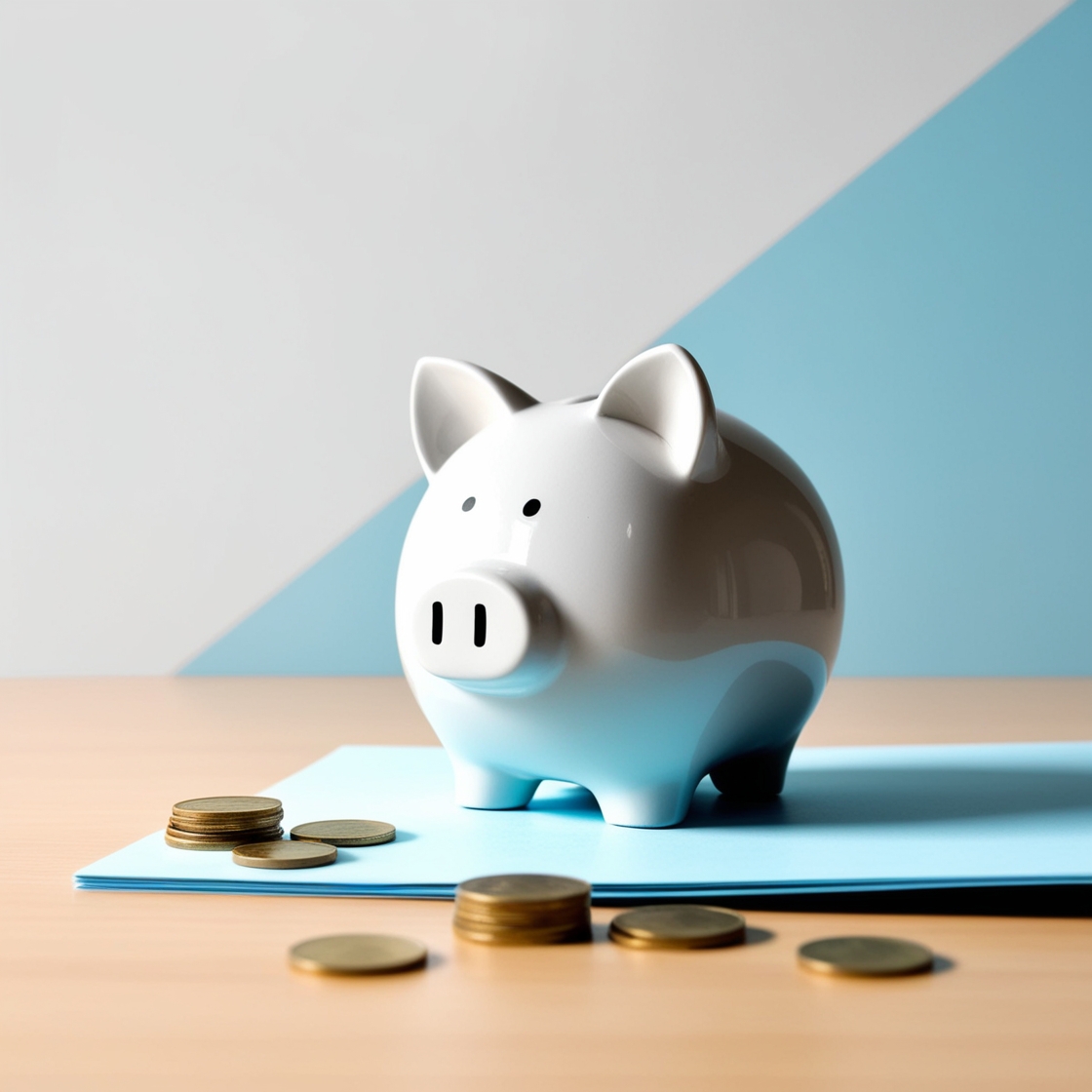Introduction: Why an Emergency Fund Matters
Life is unpredictable. Whether it’s a sudden car repair, unexpected medical expense, or a period of unemployment, having an emergency fund can provide the financial cushion you need to navigate these challenges without incurring debt. In this guide, we’ll explore why an emergency fund is essential, how to start one, and strategies to make it grow—even on a tight budget.
Table of Contents
1. What Is an Emergency Fund?
An emergency fund is a savings account dedicated to covering unexpected expenses. Unlike regular savings, this fund acts as a safety net for financial stability. Most experts recommend having 3–6 months’ worth of living expenses saved, but even starting small can make a significant difference.
2. Benefits of an Emergency Fund
- Reduces Financial Stress: Knowing you have a backup plan provides peace of mind.
- Avoids Debt: Helps you steer clear of credit card debt or high-interest loans during emergencies.
- Supports Better Decision-Making: Financial stability allows you to make long-term decisions without panic.
3. How Much Should You Save?
The amount to save depends on your lifestyle, monthly expenses, and financial goals. Start with a manageable goal:
- Begin with $1,000: This is a good starting point for many families.
- Expand to 3–6 Months of Expenses: Consider your job stability and other financial commitments to determine the exact amount.
4. How to Start an Emergency Fund
Step 1: Set a Savings Goal
Define how much you want to save initially.
Step 2: Open a Separate Account
Keep your emergency fund in a dedicated high-yield savings account for easy access and growth through interest.
Step 3: Automate Savings
Set up automatic transfers from your paycheck or checking account to your emergency fund.
Step 4: Prioritize Budget Adjustments
Cut unnecessary expenses, such as subscriptions or dining out, to redirect funds toward your savings goal.
5. Building an Emergency Fund on a Tight Budget
Even with limited income, these tips can help:
- Save Windfalls: Tax refunds, bonuses, or gifts can give your fund a significant boost.
- Round-Up Savings: Use apps that round up your purchases and deposit the difference into savings.
- Embrace Side Hustles: Freelancing, gig work, or selling unused items can generate extra cash for your fund.
6. Growing Your Emergency Fund
Once you have a basic fund, aim to grow it further by:
- Switching to High-Yield Savings Accounts: Maximize your interest earnings.
- Reassessing Expenses Annually: Identify new savings opportunities.
- Automating Increases: Gradually raise your savings contributions as your income grows.
7. When to Use Your Emergency Fund
Use this fund only for genuine emergencies, such as:
- Major car repairs
- Unexpected medical bills
- Job loss or reduced income
Avoid dipping into it for discretionary spending like vacations or shopping.
8. Replenishing After an Emergency
After using your fund, prioritize replenishing it:
- Pause non-essential spending temporarily.
- Redirect bonuses or tax refunds to rebuild your fund.
9. Common Mistakes to Avoid
- Not Starting Early: The best time to start saving is now, no matter how small.
- Combining Funds: Keep your emergency fund separate from other savings to prevent misuse.
- Overlooking Interest Rates: Use accounts that offer competitive APYs.
10. Emergency Fund Alternatives
While savings are ideal, consider other options in a pinch:
- Credit Cards with Low APR: Only as a last resort.
- Borrowing from Family or Friends: Handle with clear terms.
Conclusion: A Lifeline Worth Building
Building an emergency fund is a cornerstone of financial security. It provides peace of mind, helps you avoid debt, and ensures you’re prepared for life’s surprises. Start small, stay consistent, and watch your fund grow into a powerful financial safety net. Achieving debt freedom and long-term stability begins with this simple yet vital step.

Combining Strategies: Emergency Funds, Debt Freedom, and High-Yield Savings Accounts
Building an emergency fund is not an isolated financial strategy; it works hand-in-hand with achieving debt freedom and maximizing the benefits of high-yield savings accounts. These three financial pillars reinforce one another, creating a solid foundation for long-term stability.
- Emergency Funds vs. Debt Payment Prioritization
When deciding between saving for emergencies and paying off debt, prioritize creating a modest emergency fund first. This small buffer can prevent reliance on credit cards during unexpected expenses, avoiding further debt accumulation. Once the initial fund is in place, shift your focus to paying off high-interest debt using strategies like the snowball or avalanche methods. - Using High-Yield Savings for Emergency Funds
Parking your emergency fund in a high-yield savings account allows your money to grow while remaining accessible. These accounts often offer significantly higher interest rates than traditional savings accounts, making them ideal for storing your financial safety net. Over time, the compounded interest will help your fund grow passively. - Transitioning Debt Payments to Savings
After achieving debt freedom, redirect the money previously used for debt payments into bolstering your emergency fund or other savings goals. This transition ensures you maintain a disciplined approach to managing finances, further strengthening your financial resilience.
By aligning these strategies, you create a comprehensive financial plan that not only prepares you for emergencies but also propels you toward long-term financial success.
Additional Strategies for Building and Maintaining an Emergency Fund
To expand your emergency fund effectively and keep it sustainable, consider the following strategies:
1. Set Micro-Goals for Motivation
Breaking your savings target into smaller milestones, such as $100 increments, can keep you motivated. Celebrate each achievement in non-financial ways to reinforce progress without jeopardizing your fund.
2. Use Cashback Rewards Programs
Sign up for credit cards or apps that offer cashback rewards. Redirect these savings directly into your emergency fund to grow it passively.
3. Review and Cancel Unused Subscriptions
Audit your monthly subscriptions for services you no longer use or need. Redirect the savings toward your fund.
4. Create a “No-Spend” Challenge
Commit to not spending on non-essentials for a week or month. Use the money you save during this period to add to your emergency fund.
5. Adjust Savings to Inflation
As living costs rise, revisit your emergency fund target to ensure it reflects current expenses. Regularly review your budget to maintain sufficient coverage.
6. Utilize Windfalls Strategically
Tax refunds, bonuses, or inheritance money can be allocated to bolster your fund quickly. Consider directing at least half of such windfalls to your emergency savings.
7. Involve the Family
If you share financial responsibilities with a partner or family, involve them in discussions about the emergency fund. A team approach can accelerate your savings.
8. Gamify Your Savings
Turn saving into a game by setting friendly competitions or challenges, like seeing who can contribute more to the fund over a month.
9. Reassess Essential Spending Annually
Conduct an annual review of your spending habits. Look for areas where you can cut back and redirect those savings to your fund.
10. Leverage Side Income for Fund Growth
Earnings from freelancing, gig work, or selling unused items can be entirely funneled into your emergency savings, boosting its growth faster than regular contributions.
These strategies, combined with consistent efforts, will ensure your emergency fund remains robust and ready for any unexpected situations.





